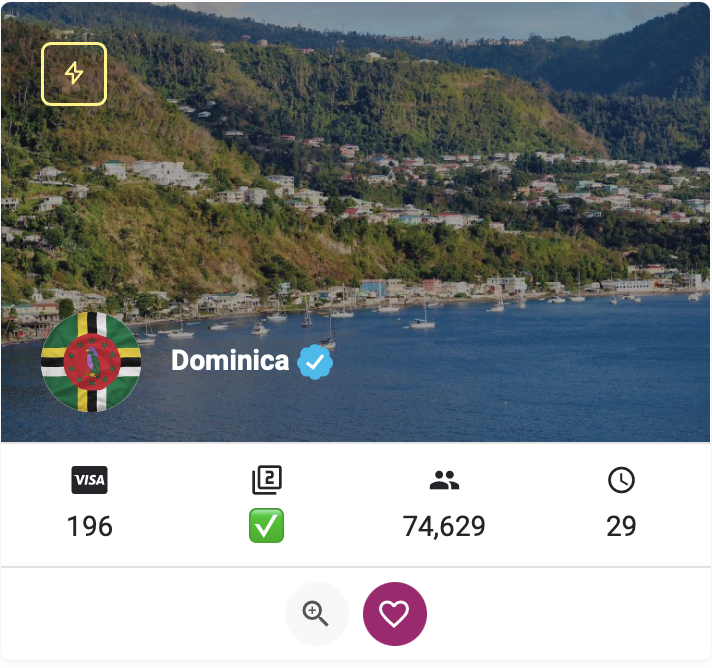Masoumeh Mosali, head of the Institute of Archeology, said:
Recent excavations, conducted by the Research Institute, led by Fereydoon Bigler of the National Museum of Iran and Sonia Shidrang of Shahid Beheshti University, have provided new information on the Middle Paleolithic settlements, which coincided with the presence of Neanderthals in the Zagros region. In addition to the stone tools made by the humans of that period, these excavations have also discovered the remnants of hunting animals such as goats and deer. Some of these remnants represent the effects of butcher and burns, indicating the focus of the hunters of that period on these species in the Khorramabad Valley and the surrounding area.
– Masoumeh Masli, Head of the Institute of Archeology
Masli also pointed to the discovery of the remnants of pre -historic livestock in the new stone copper era, saying:
These explorations have been found in this period, including reddish and red pottery, along with bone remains of livestock such as goats and sheep. The findings show that the villagers of that era used caves in the area to store livestock and access mountain rangelands.
– Masoumeh Masli, Head of the Institute of Archeology
According to the archaeologist, similar works of these two periods have also been identified in a rocky shelter adjacent to the lunar cave, which may indicate the coincidence of human residence in these two adjacent places.
Masli went on to point out:
The Lunar Cave, along with five other caves and refugees in the Khorramabad Valley, are part of the UNESCO World Heritage List, and this complex is known as part of the Iranian Paleolithic heritage.
– Masoumeh Masli, Head of the Institute of Archeology
He stressed at the end:
The continuation of such research in the lunar cave and other Paleolithic places in Khorramabad can provide new and valuable information on this low -key period of human residence in Iran.
– Masoumeh Masli, Head of the Institute of Archeology
RCO NEWS











